While banks are shifting to selling health insurance through non-life insurance channels, life insurance companies are no longer interested in bancassurance because business conditions are no longer the same as before.
Techcombank and Manulife Vietnam officially stopped distributing life insurance products through banking channels (bancassurance) from October 14, attracting attention.
Techcombank agreed to pay its partner VND1,800 billion in compensation for the early termination of the 15-year contract 8 years ago. According to the bank's representative, the termination of the cooperation was due to changes in insurance business conditions.
Along with that, Techcombank decided to contribute 11% (55 billion VND) to establish Techcom Non-Life Insurance Joint Stock Company (TechcomInsurance), with charter capital of 500 billion VND, expected to come into operation from the middle of next month.
In 2023, An Binh Bank (ABBank) revealed that it had to pay VND 240.4 billion to FWD Insurance to terminate the cooperation in 2022, even though the term was until 2031. In 2022, ABBank's revenue from insurance activities was at an unprecedented low, reaching only VND 4.5 billion, down 88.9%.
Immediately after going their separate ways, ABBank announced the signing of a strategic cooperation contract with Dai-ichi Life Insurance Vietnam. The above story proves that there are no permanent partners, only permanent benefits.
Returning to the case of Manulife Vietnam, although this “giant” in the insurance industry is trying to regain the trust of customers, especially by applying new technology to the insurance sales process, making everything more transparent. However, this business is facing disadvantages in the bancassurance channel.
From 2015 to present, the company has successively had insurance distribution partners such as SCB Bank (2015), Techcombank (2017), and VietinBank (2020).
Bancassurance has helped Manulife Vietnam become the market leader in this service. Up to now, although it has not officially announced the termination of cooperation with SCB, on Manulife Vietnam's website, it shows that the only banking partner left is VietinBank with a 16-year agreement.
Without disclosing details of revenue from insurance sales services, Techcombank said that in the first 9 months of 2024, revenue from service fees was nearly VND 8,300 billion, mainly from investment banking service fees and insurance fees. This shows that the bank is still continuously exploiting insurance effectively during the most difficult period of the life insurance market.
Techcombank's most recent announcement of commission fees from insurance contracts received from Manulife in 2022 was VND 1,750 billion, an increase of 12.34% compared to 2021.
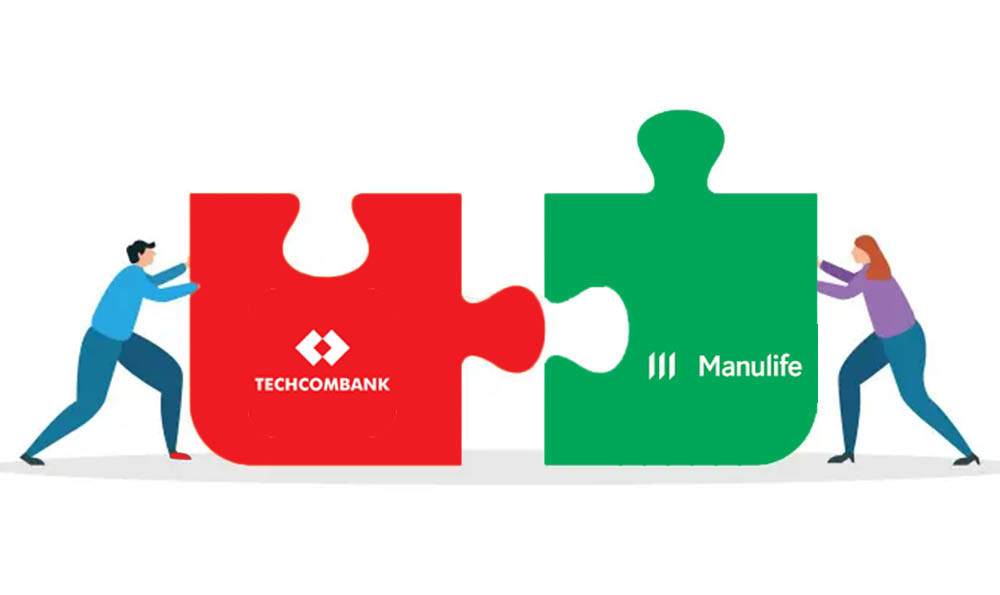
In terms of revenue from the bancassurance segment, although the specific figures have not been officially announced, according to a representative of the Military Bank (MB), by the end of the second quarter of 2024, MB had risen to the No. 1 position in the market in this segment, while in the same period last year it was only in the Top 5.
MB currently directly owns two insurance companies: Military Insurance – MIC (non-life insurance) and MB Ageas Life Insurance. These two companies contribute about 20% of pre-tax profit each year to MB’s consolidated profit.
Bancassurance: Is it still good?
The model of banks directly owning non-life insurance companies is gradually becoming a trend. For example, VPBank, in addition to being the exclusive partner of AIA Vietnam Life Insurance, in November 2022, the bank completed the acquisition of OPES Insurance (a non-life insurance company) by owning 98% of the charter capital.
LPBank officially took over Xuan Thanh Insurance from February 2024 and changed its name to LPBank Insurance.
Techcombank contributed 11% capital to establish Techcom Non-Life Insurance Company (TCGIns).
In addition, major banks such as Agribank, BIDV, VietinBank, Vietcombank, etc. all own a non-life insurance company.
The inspection conclusion announced by the Ministry of Finance in July 2023 for 4 life insurance companies through the bancassurance channel (Prudential, MB Ageas, BIDV Metlife and Sunlife) showed that the insurance distribution channel through banks accounts for up to 50% of the number of contracts and new life insurance premium revenue. However, due to being forced, after the first year, the contract cancellation rate of customers is up to 70%.
An insurance expert said that it is not easy for banks to sell life insurance on their own because it requires a very complex operating and appraisal system. Life insurance companies themselves are no longer interested in distributing products through the banking channel.
“Previously, life insurance companies signed contracts with banks regardless of market share, so they paid high commissions, leading to loose contracts, and even no KPI binding for banks. Now, business conditions have changed, the Law on Insurance Business has also changed, so any business that wants to cooperate with banks will have to carefully consider the KPI clause.
But if this clause is applied in the context of the current low one-year retention rate, no bank will dare to sign it, unless the business accepts to suffer losses for itself," the expert stated.
Talking to VietNamNet, a banking expert said that health insurance products bring profits to banks no less than life insurance. Many customers who buy life insurance through banks will automatically quit after a year.
“The fact that banks sell health insurance is no different from collecting change themselves. With life insurance, banks can receive thousands of billions of dong in prepaid commissions at once. Receiving 5,000 billion dong in prepaid commissions for 10 years at once is certainly much more attractive than the bank forcing KPIs for 5,000 employees to bring in 10 million dong per month in health insurance premiums,” this expert analyzed.
Source: https://vietnamnet.vn/moi-duyen-ngan-hang-bao-hiem-dut-ganh-khi-banh-khong-con-ngot-2335716.html



![[Photo] Prime Minister Pham Minh Chinh chairs conference on anti-smuggling, trade fraud, and counterfeit goods](https://vphoto.vietnam.vn/thumb/1200x675/vietnam/resource/IMAGE/2025/5/14/6cd67667e99e4248b7d4f587fd21e37c)










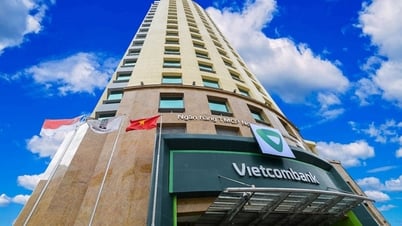

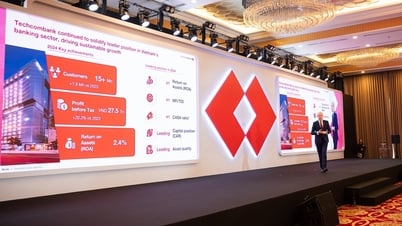




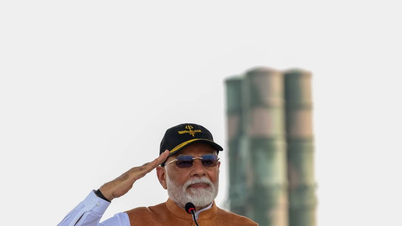





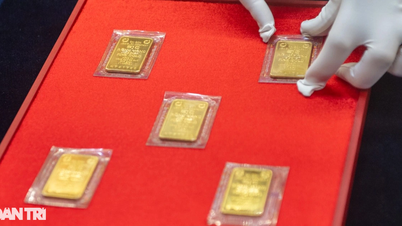






































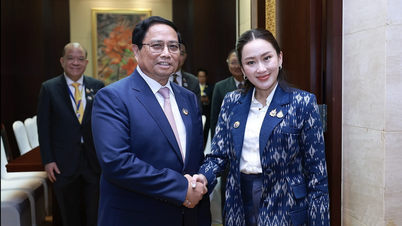
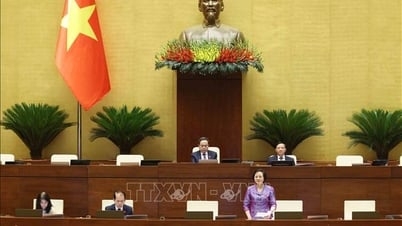

















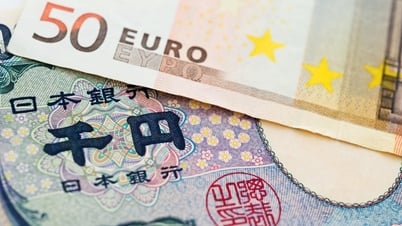
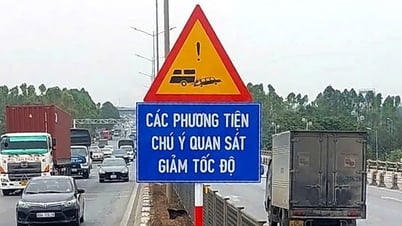














Comment (0)